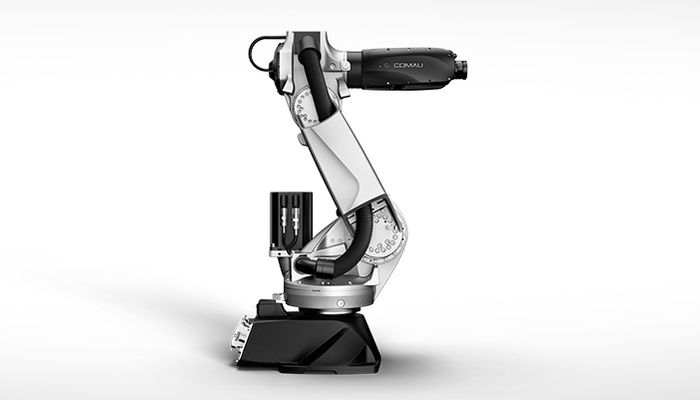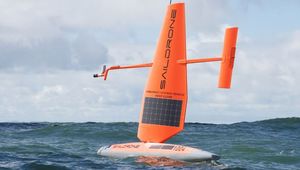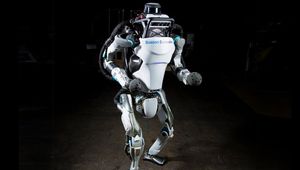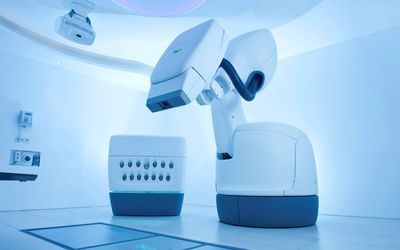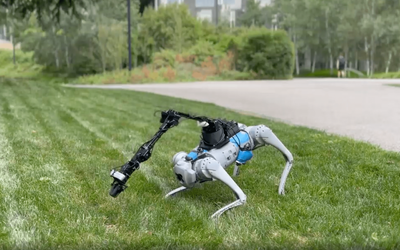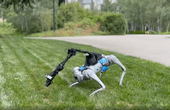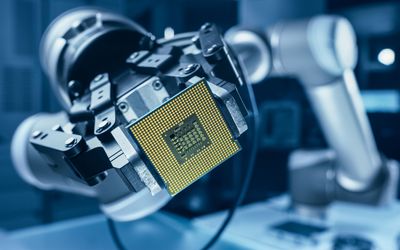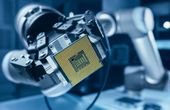Racer 7
The RACER 7-1.0 is a robotic arm for industrial automation processes. It's specifically suited for applications where speed and accuracy are essential requirements. RACER has a payload of 7kg and a maximum horizontal reach of 1400mm. The robot features compact dimensions, due to lower ratios in combination with its software ranks among the fastest robots in its class. RACER also ensures lower energy consumption thanks to the installed energy reduction system.
Overview
RACER has a payload of 7kg and a maximum horizontal reach of 1400mm. The robot features compact dimensions, due to lower ratios in combination with its software ranks among the fastest robots in its class. RACER also ensures lower energy consumption thanks to the installed energy reduction system.
Specifications
- Number of axes: 6
- Maximum wrist payload: 7 kg
- Additional load on forearm: 10 kg
- Maximum horizontal reach: 999 mm
- Torque on axis 4: 13 Nm
- Torque on axis 5: 13 Nm
- Torque on axis 6: 7.5 Nm
- Stroke (Speed) on Axis 1: +/- 165° (250 °/s)
- Stroke (Speed) on Axis 2: -65°/ +150° (250 °/s)
- Stroke (Speed) on Axis 3: -165°/ -37° (300 °/s)
- Stroke (Speed) on Axis 4: +/- 210° (550 °/s)
- Stroke (Speed) on Axis 5: +/- 137° (550° /s)
- Stroke (Speed) on Axis 6: +/- 2700° (600° /s)
- Repeatability: 0.05 mm
- Tool coupling flange: ISO 9409 - 1 - A - 40
- Robot weight: 173 kg
- Protection class: IP65
- Mounting position: Floor / Ceiling / Sloping / Wall
- Operating Areas A: 1279 mm
- Operating Areas B: 999 mm
- Operating Areas C: 904 mm
- Operating Areas D: 554 mm
- Operating Areas E: 385 mm
References
Recommended Specs
View all Tech Specs
Continue Reading
Could this be the time we say goodbye to robotic awkwardness and hello to seamless motion? This article highlights the groundbreaking concept of whole-body control, a coordinated robotic motion technique that resembles natural movement. Imagine a robot smoothly navigating its environment, performing tasks with grace and precision. This innovative approach allows for improved efficiency and greater versatility in real-world settings.
